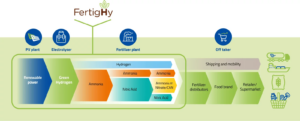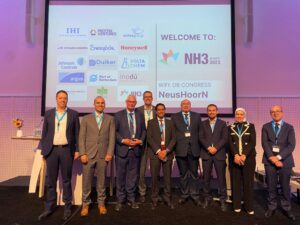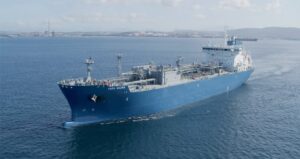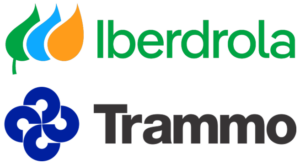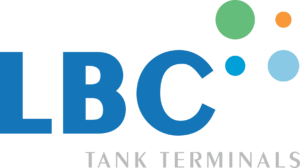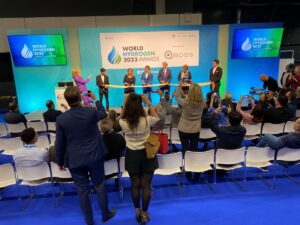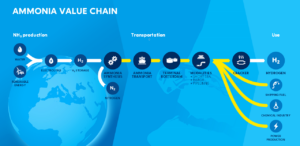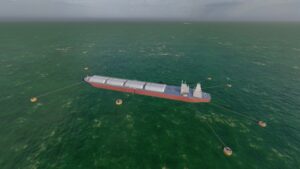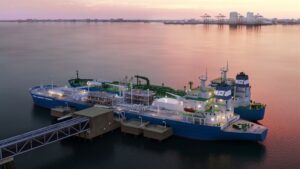FertigHy: new low-carbon fertiliser consortium launched in Europe
Founding investors including EIT InnoEnergy, Maire Tecnimont, Siemens and Heineken have launched FertigHy - a new consortium aiming to build and operate large-scale fertiliser projects to supply the EU agricultural sector. The first project will be developed in Spain, producing more than one million metric tonnes per year of low-carbon, nitrogen-based fertilisers for the EU market.
